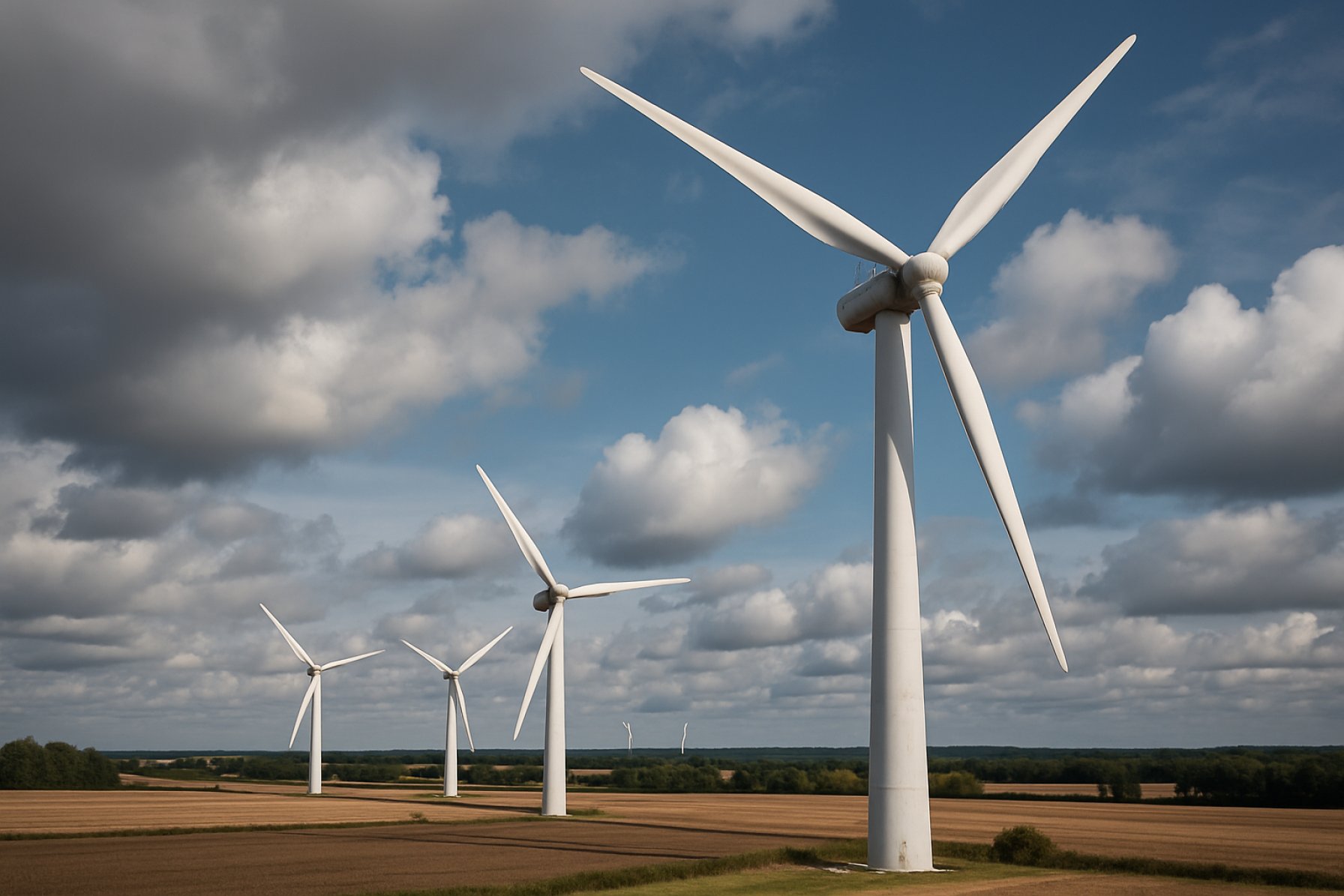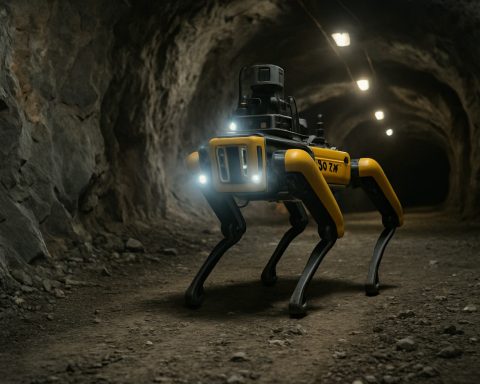Are Wind Turbines Harming Whales and Killing Birds? The Viral Claims—and the Truth—Unpacked for 2025
Viral rumors say wind energy is dangerous for whales, birds, and the environment, but what does science actually say in 2025? Get the facts now.
- 10% of U.S. electricity now comes from wind power (2025)
- 1st time ever: Wind and solar outpaced coal in U.S. power generation (2024)
- 59%: Maximum theoretical efficiency (“Betz limit”) of wind turbines
- Over 90%: Portion of a wind turbine that can now be recycled
Wind power has faced a whirlwind of controversy in the U.S., fueled by viral claims, political rhetoric, and social media misinformation. With wind and solar power surpassing coal for the first time in American history, the stakes—and the disinformation—have never been higher.
Donald Trump remains an outspoken critic, amplifying sensational stories about the dangers of wind energy. But in the battle between headlines and hard data, what does the science really say?
Q: Do Wind Turbines Really Endanger Whales?
Social media platforms are teeming with alarming posts linking offshore wind farms to whale deaths. Trump and other critics assert that windmills are “driving whales crazy,” pointing to recent stranding events as proof.
Leading experts from the NOAA debunk this narrative. According to the National Marine Fisheries Service, there is no scientific evidence that offshore wind surveys cause whale deaths. Instead, the real threats to whales are far more mundane—and pressing: vessel strikes, fishing gear entanglement, and the climate crisis nudging their food sources closer to shore.
Q: How Dangerous Are Wind Turbines for Birds?
While it’s true that wind turbines kill some birds, the scale is frequently exaggerated online. Viral videos and “bird cemetery” memes paint an apocalyptic picture. However, the hard numbers tell a different story.
According to the U.S. Fish & Wildlife Service, domestic cats kill a staggering 2.4 billion birds annually—orders of magnitude more than turbines, which account for roughly 234,000 fatalities each year. For perspective, glass buildings, vehicles, and power lines claim millions more avian lives.
The industry isn’t complacent. From painting turbine blades black to deploying AI-driven avoidance systems, researchers are racing to slash bird deaths even further.
How Are Wind Turbine Blades Recycled in 2025?
Some viral images show wind turbine “graveyards”—massive dumps of decommissioned blades—leading critics to claim wind energy is a recycling disaster.
Context matters: While old blade materials are tricky to repurpose, the tide is turning. The U.S. Department of Energy states that around 90% of turbine mass is recyclable, and top renewables companies are pushing that figure closer to 95%. European nations like Germany and the Netherlands already ban landfill disposal of blades, innovating new ways to integrate reused materials into playgrounds, bike shelters, and even skis.
Next-gen blades use advanced resins, making future recycling simple and efficient.
Q: Are Wind Turbines As Inefficient as Viral Videos Suggest?
Viral footage often shows wind turbines standing still, fueling claims they’re “inconsistent” or “useless.” But wind farms don’t operate like assembly lines—they’re engineered for peak efficiency.
Modern onshore turbines typically convert 30-48% of kinetic wind energy into electricity (offshore: up to 50%), nearing the theoretical maximum of 59% set by Betz’s Law. Turbines pause only for routine maintenance, insufficient wind, or when wind speeds are too high—intentionally braking to avoid damage. Surplus energy can be stored in batteries for use when demand spikes.
For more on how renewables stack up, visit U.S. Department of Energy or International Energy Agency.
How to Spot—and Stop—Wind Energy Misinformation
– Cross-check viral claims with reputable sources like NOAA, USFWS, or academic research.
– Assess photos and videos for context; don’t assume the worst.
– Track the latest advances in wind energy tech and recycling efforts.
– Beware of manipulated statistics—always get the full picture.
Q: What’s Next for Wind Power in the U.S.?
The future is blowing in a sustainable direction. With technological leaps, policy support, and a global push to combat climate change, wind power is set to surge past previous milestones in 2025 and beyond.
Want Cleaner Energy? Demand Facts, Not Myths!
Wind Power Facts Checklist
- ✅ Wind and solar now outperform coal in U.S. electricity
- ✅ Whale and bird safety concerns are widely exaggerated
- ✅ Over 90% of wind turbines can be recycled—and improving
- ✅ New tech slashes wildlife impact and boosts efficiency
- ✅ Stay critical—always double-check viral claims!










